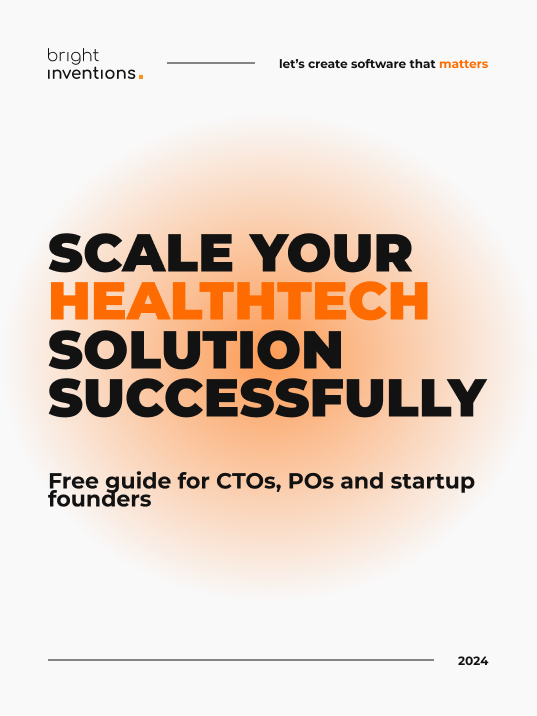Understanding FemTech: Keys to Succeed with Your Software Solution for Women
FemTech means technology for women. It is as simple as that, yet it embraces so many layers, and responsibilities. As a healthcare software development company, we may not have all the answers to your business challenges, but we're here to guide you on how to smartly leverage technology. Let us show you how tech can help you enhance your solution and – more importantly – relations with your female users.

Empathy and data-driven development [use case: app onboarding for pregnant women]
What’s best for FemTech users? Short, easy-to-complete onboarding, or perhaps a long but very personalized one? The answer might surprise you. Short onboarding is often a key to success, especially in lifestyle applications, but this might not be the case in applications related to health.
From the first interactions with your FemTech app, it's crucial to demonstrate the willingness to understand women perspective without making assumptions. Well-designed onboarding will convey this approach to your female users right from their very first interactions.
No matter what onboarding strategy you will choose you should always analyze its performance by measuring the completion rate as a part of data-driven development.
Read more about how data-driven development saved the onboarding of FemTech app for moms-to-be.
Building trust with security [guide to security audit included]
Patients don't want to share their health data with health tech companies. It's hard to blame them. Day by day, we hear about cyber attacks targeted at healthcare companies. At the same time, security practices aren't some mystery knowledge. You can quickly conduct even an internal security audit with the tools that we list in our security guide for healthcare.
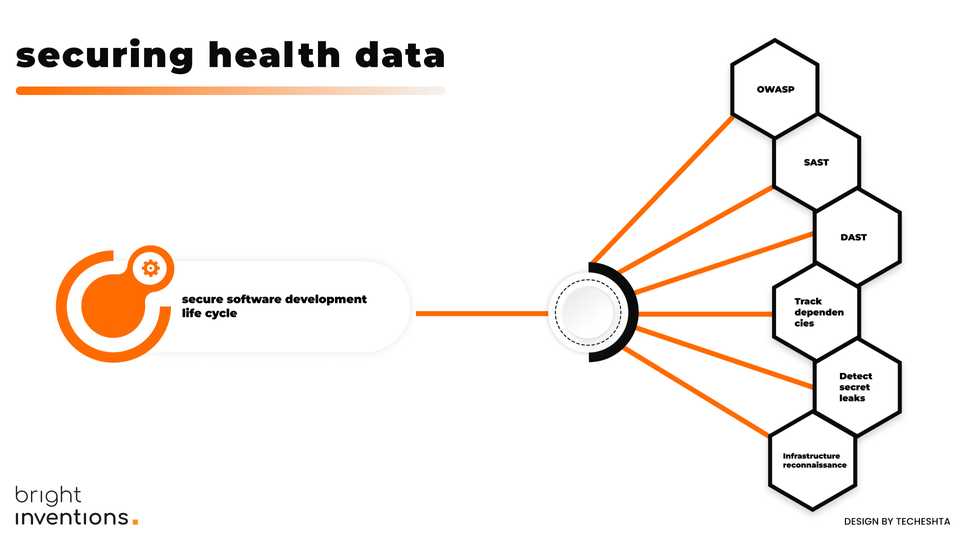
Ensuring credibility with app performance monitoring [tutorial and metrics included]
User frustrations related to your application may be painful for you in the future. Yet, there is quite an easy way to prevent it. Implement app monitoring from the very beginning (or as soon as possible) to monitor any app performance issues before your female users even experience them. There are many crucial metrics you should measure:
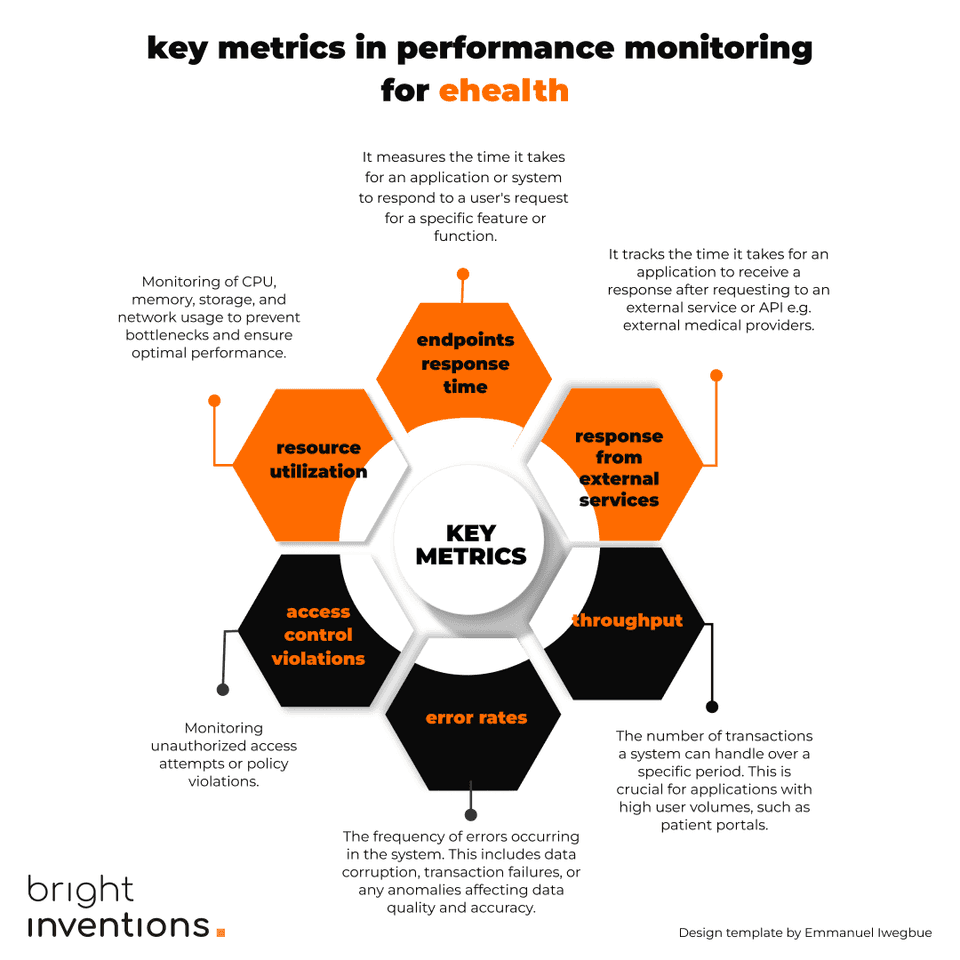
A basic app performance monitoring can be set up even within a day. For more information on this go to our another blog post deeply covering eHealth app performance monitoring.
Inclusive product design [UX/UI best practices included]
UX/UI design must tame any complexities and immediately show the value of your solution, otherwise patients and physicians won’t be keen to use it. Your design should offer a personal approach and enhance smooth navigation for women of different age groups and levels of tech-savviness.
Check how we approached a product design for a complex healthcare solution.
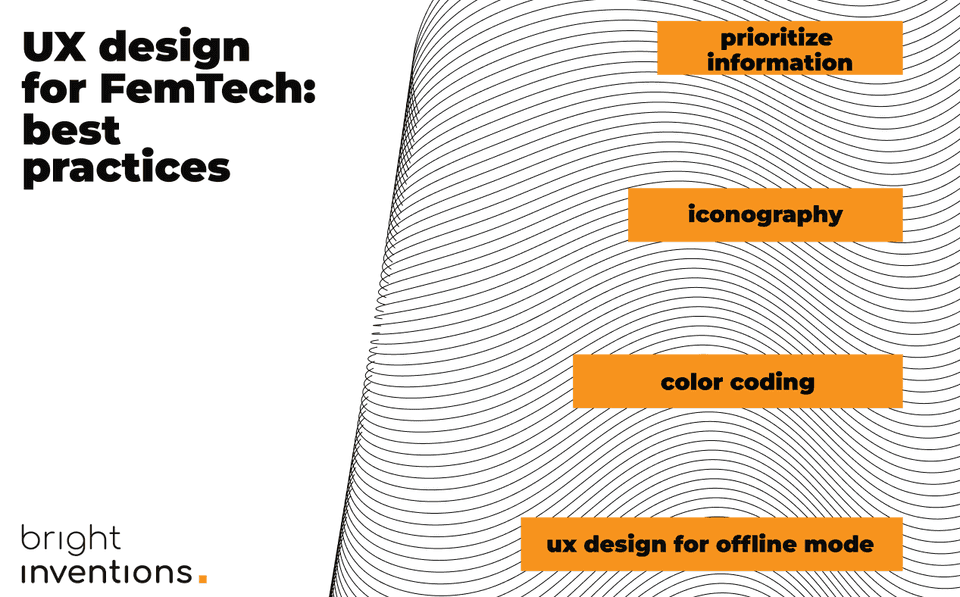
Offline-first application [examples]
Depending on your FemTech solution, implementing an offline mode might be necessary to enable users to take crucial actions within the app, even without internet access. This feature is particularly important for apps designed to track vital signs, menstrual cycles, or breastfeeding experiences, ensuring accessibility even with unreliable internet connectivity. Additionally, for remote patient monitoring, offline mode allows for the tracking of vital signs with medical devices, with data synchronization with doctors as soon as internet access is restored.
Offline mode can significantly enhance your solution, but it's important to first assess whether your product truly benefits from this feature. Read more about offline-first applications.
Incorporate medical devices and wearables [example]
This includes the development of medical devices and diagnostics specifically designed for female anatomy or conditions. Examples include advanced mammography devices, pelvic floor exercisers, and devices for non-invasive gynecological treatments. Glooma introduces SenseGlove, a breast self-examination device, enhances traditional breast exams by linking to a mobile app for reminders and recommendations.
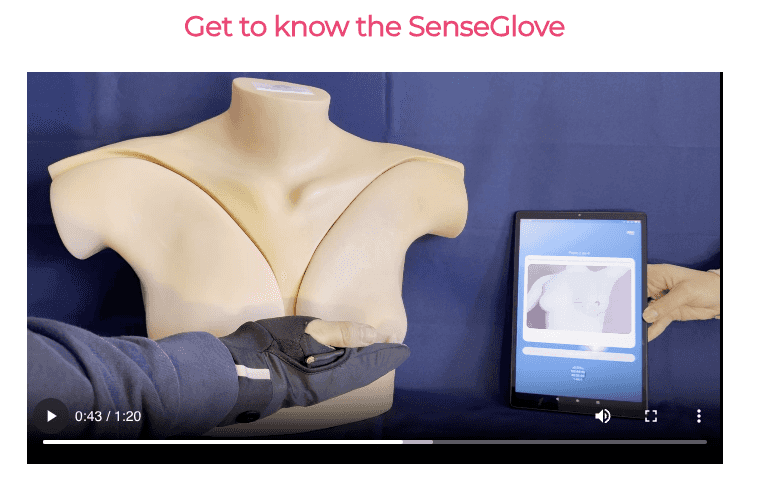
Source: glooma.pt
In many cases, telemedicine cannot exist without medical devices creating IoT systems that enable the tracking of patients’ vitals and allow physicians to monitor them in real-time. One of the greatest tech challenges is integrating various devices with often different SDKs into one unified system. To build truly unified system the best way is contact IoT development company that has experience in building IoT, especially for healthcare.
Last but not least – change your mindset from client-centric to patient-centric
In FemTech, it's crucial not to see your 'users' merely as clients. Instead, foster a mindset among your team and within yourself to treat 'users' as patients with specific issues and needs. Recognize them as females, mothers, sisters, daughters, wives, girlfriends, and more – but never just users or clients.
ready to face even more tech challenges?
